Swiss scientists approve official ball for 2018 World Cup
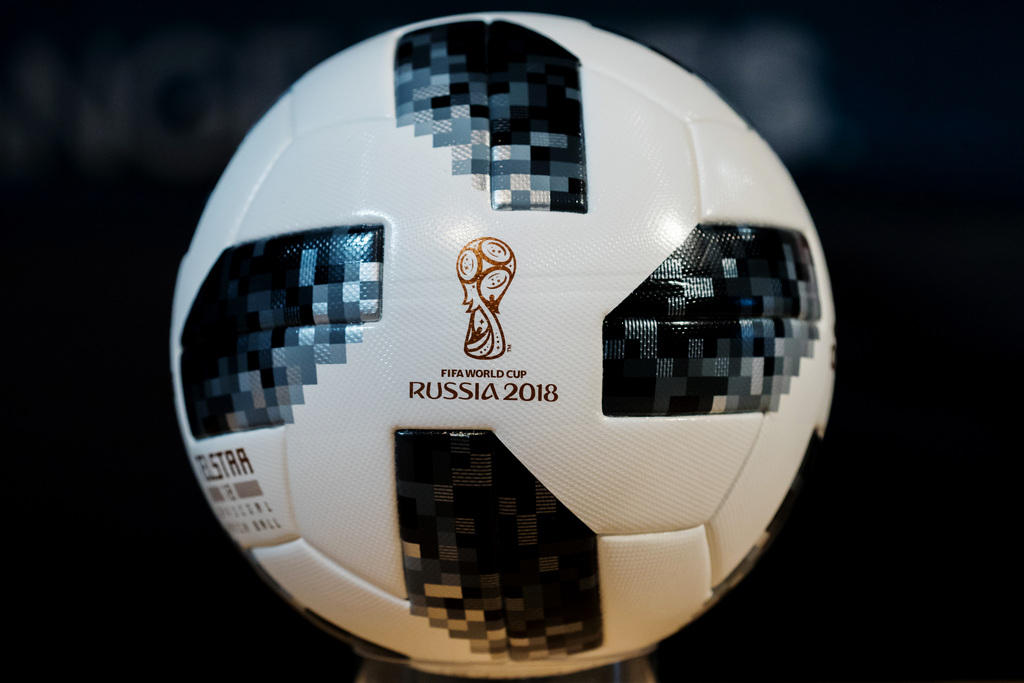
The official ball for the 2018 World Cup in Russia has received approval from EMPA, the Swiss Federal Laboratories for Materials Science and Technology, after a series of rigorous tests.
EMPA has been testing footballs for the world’s football governing body FIFA for 22 years, and not every ball passes the test. But although some goalkeepers had been critical of the ball’s flight characteristics, the Adidas “Telstar 18” has now got the seal of approval.
It is not only the circumference and weight of the ball that are measured precisely, according to EMPAExternal link. Despite being crushed 250 times in a water tank, the ball may only absorb a minimal amount of liquid, must be able to hold its air and always jump off at the same height when it impacts from a height of two meters. To prove that it is a perfect sphere, the ball is also measured at no less than 4,000 points. And finally, the ball must retain its shape even if shot against a steel wall 2,000 times at 50 kilometres per hour (31 mph).
The tests were specially developed by EMPA experts in St. Gallen for official tournament footballs. When they were introduced, not all manufacturers succeeded in achieving the required properties. “Some leather balls had increased in size considerably after the procedure, or absorbed too much water,” says Martin Camenzind of the Laboratory for Biomimetic Membranes and Textiles. “Today’s balls are glued or welded, because traditional seams could give way over time. Likewise, most of the traditional leather has given way to plastics, the surface of which is specifically textured, which should enable the ball to be guided more easily, especially when the field is wet.”
Physics, not magic
And it is precisely this surface that is responsible for the unpredictable flight of the ball. Some goalkeepers of various World Cup teams who have already been allowed to test the ball have complained that the ball “flutters”. But Camenzind says optics also come into play. Telstar 18 is not made up of the traditional hexagons and pentagons, but of irregular elements with asymmetrical prints. Thus, the flying ball can be quite an unusual sight under some lighting conditions. “In a study with a computer-controlled foot, we were able to show that balls accused of fluttering flight behaviour behaved by no means like this in experiments under defined conditions,” says Camenzind.
Professional players can take advantage of the fact that a football’s trajectory is complex and, according to the theory of aerodynamics, sometimes chaotic. Unlike a streamlined projectile that describes a perfect parabola, the ball deforms, for example when the player kicks it. “The deformation caused by the impacting foot initially gives the ball a somewhat wobbly movement,” explains Camenzind. Experienced players take advantage of this effect and “bend it like Beckham”. This is not actually a matter of magic, but of applied physics.

In compliance with the JTI standards
More: SWI swissinfo.ch certified by the Journalism Trust Initiative

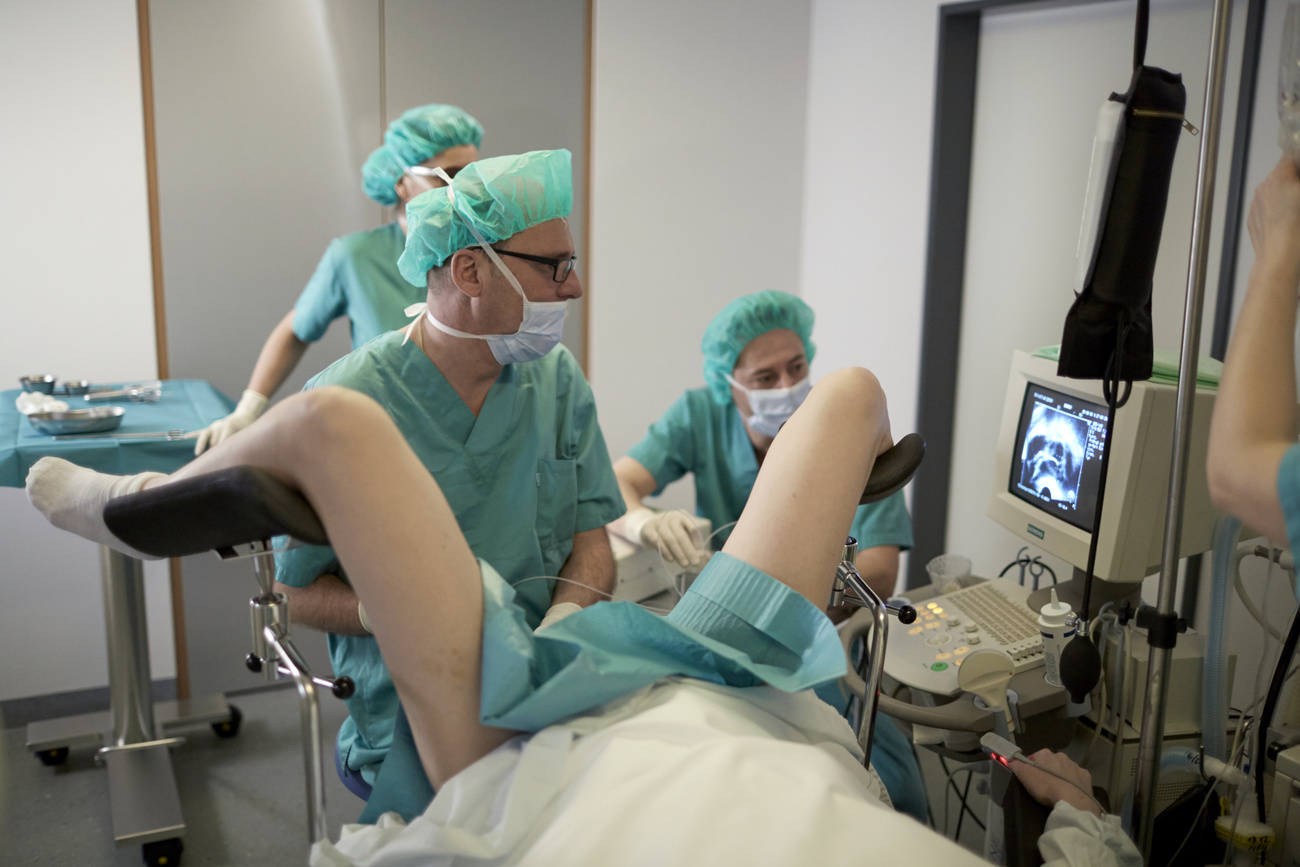



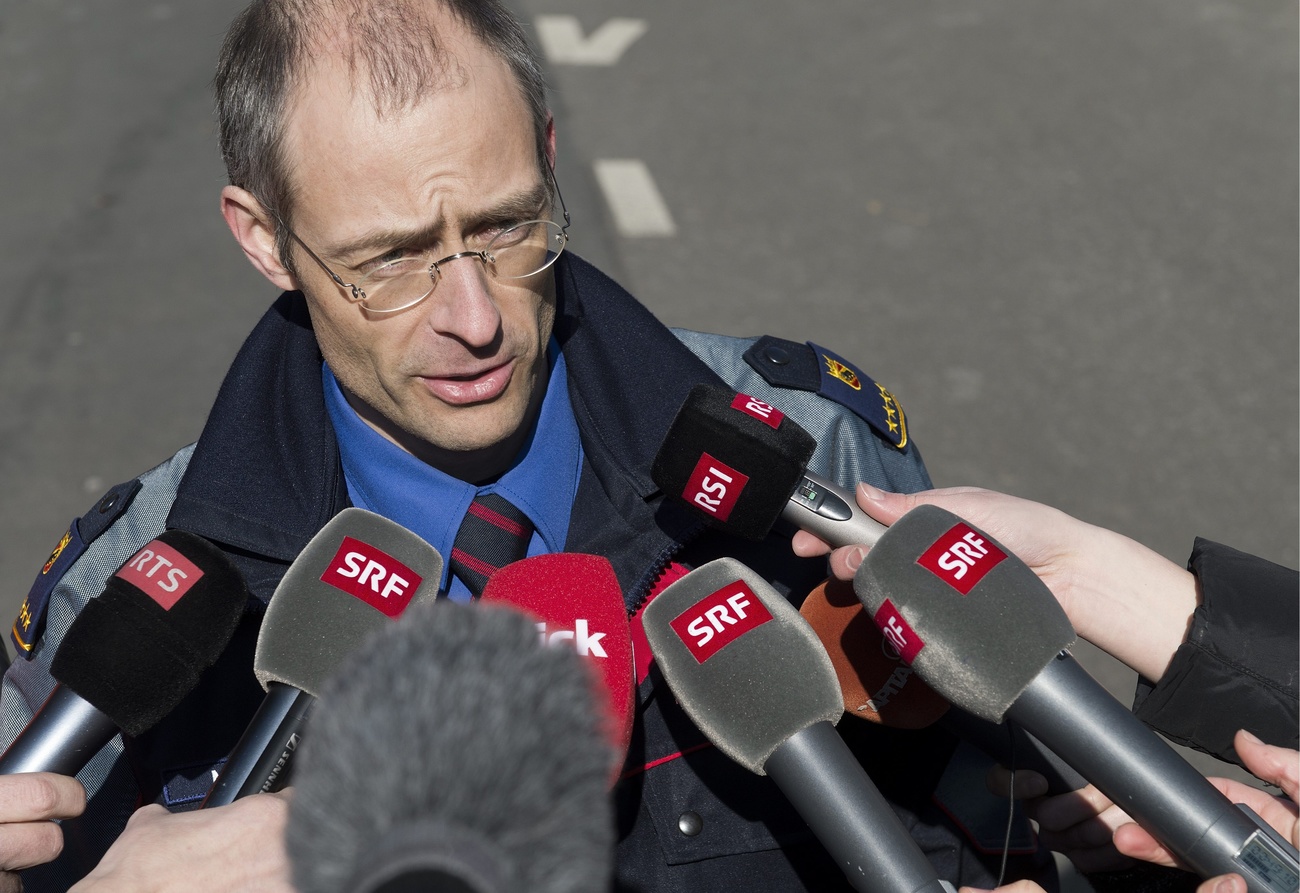

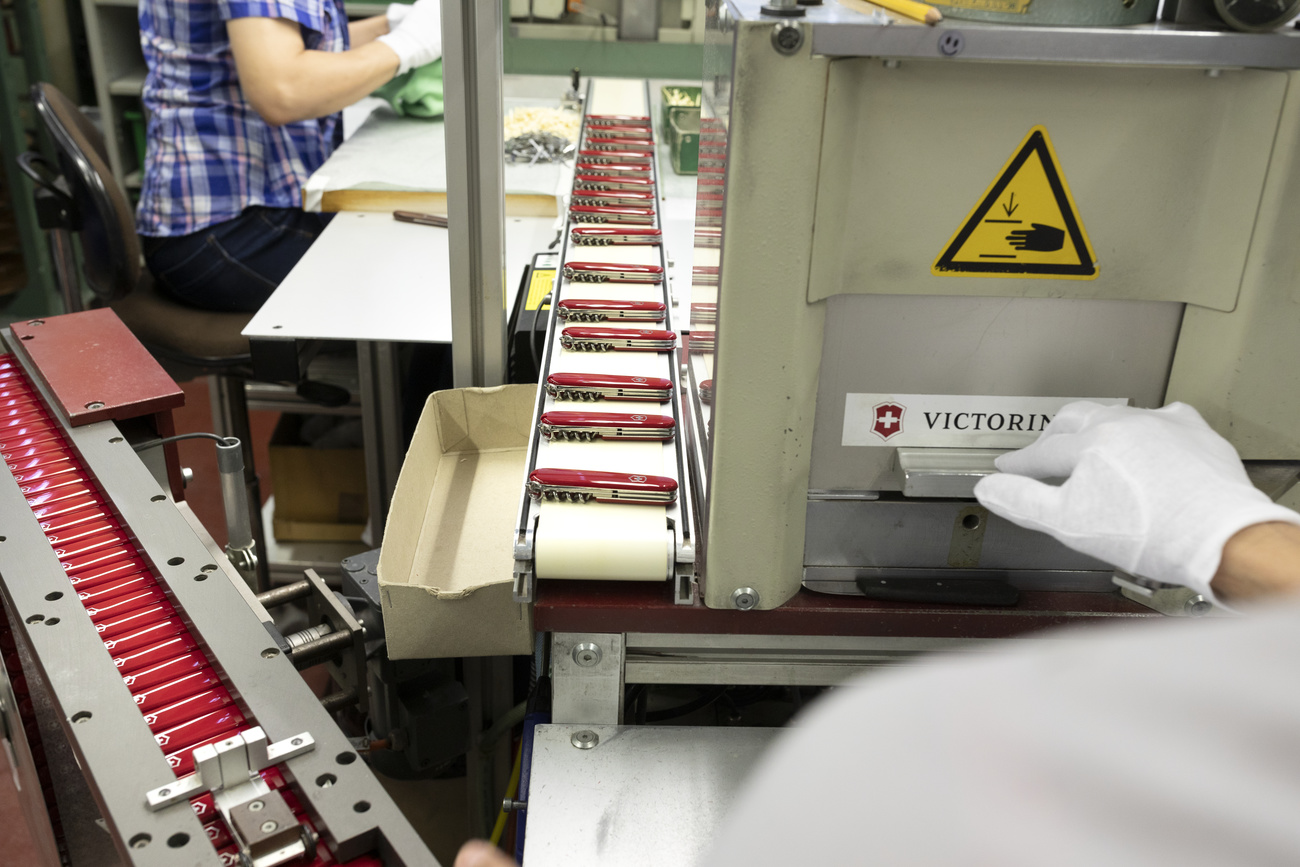
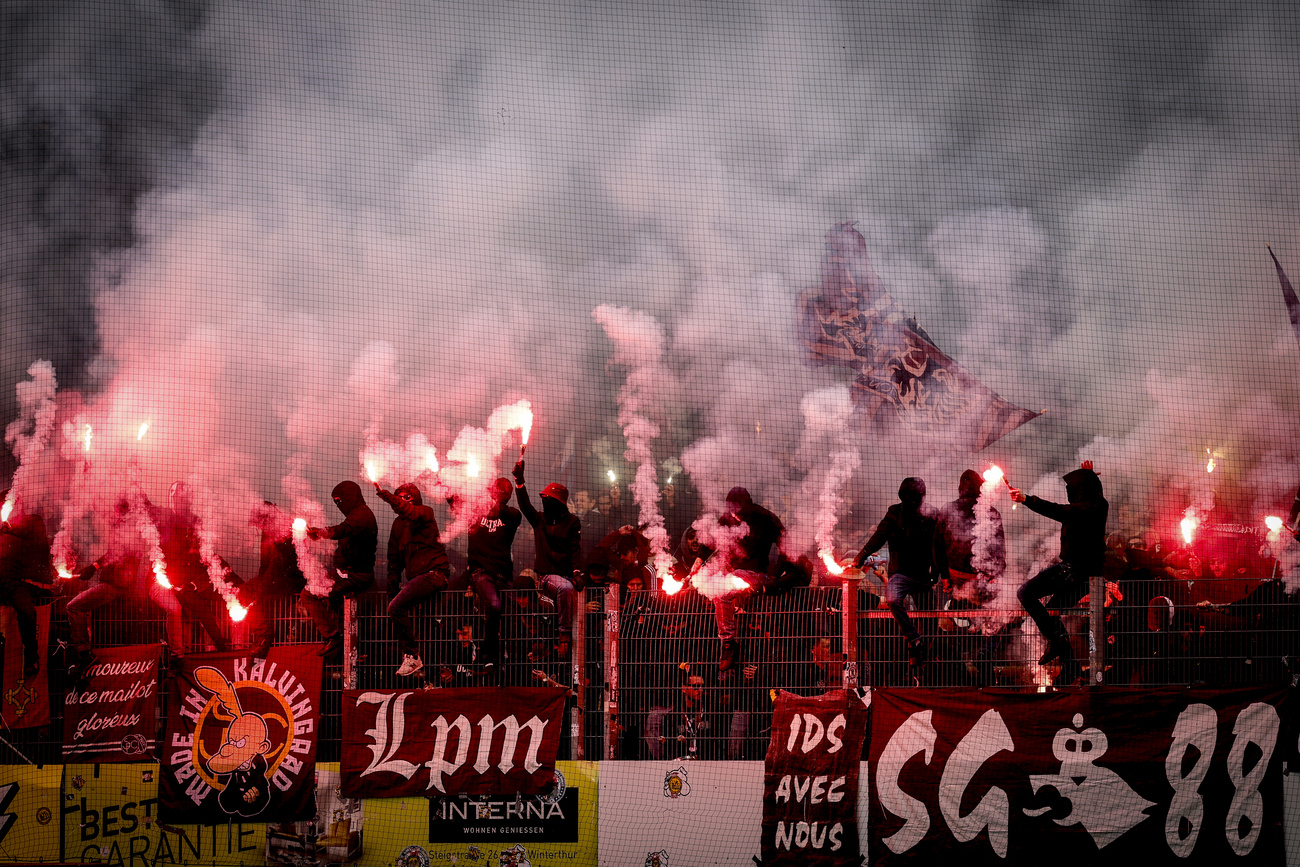
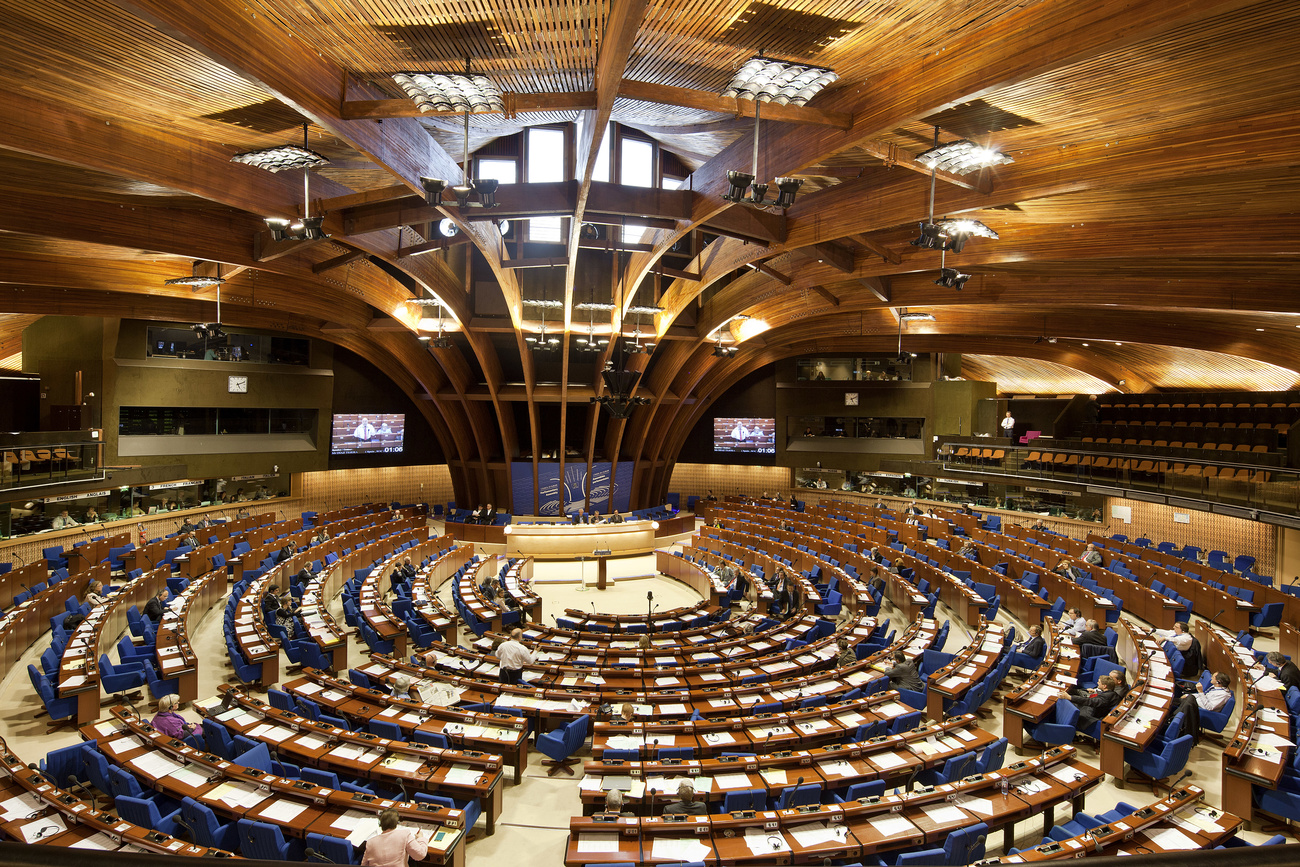
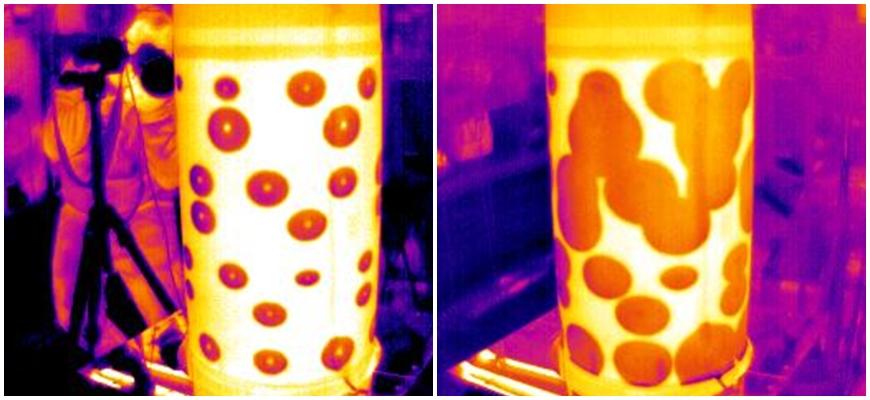
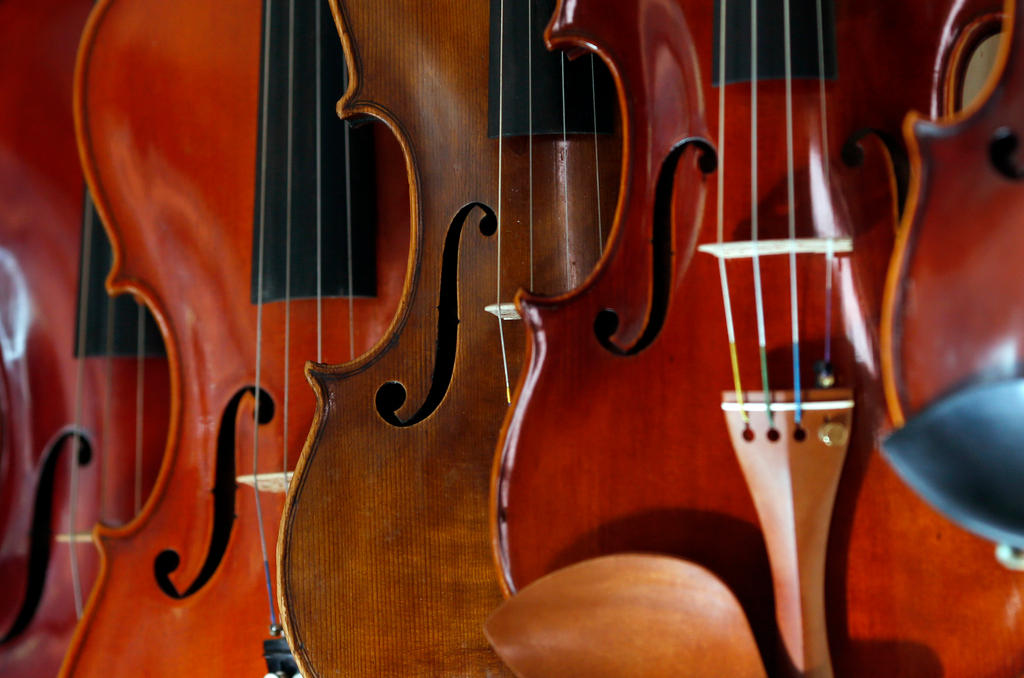

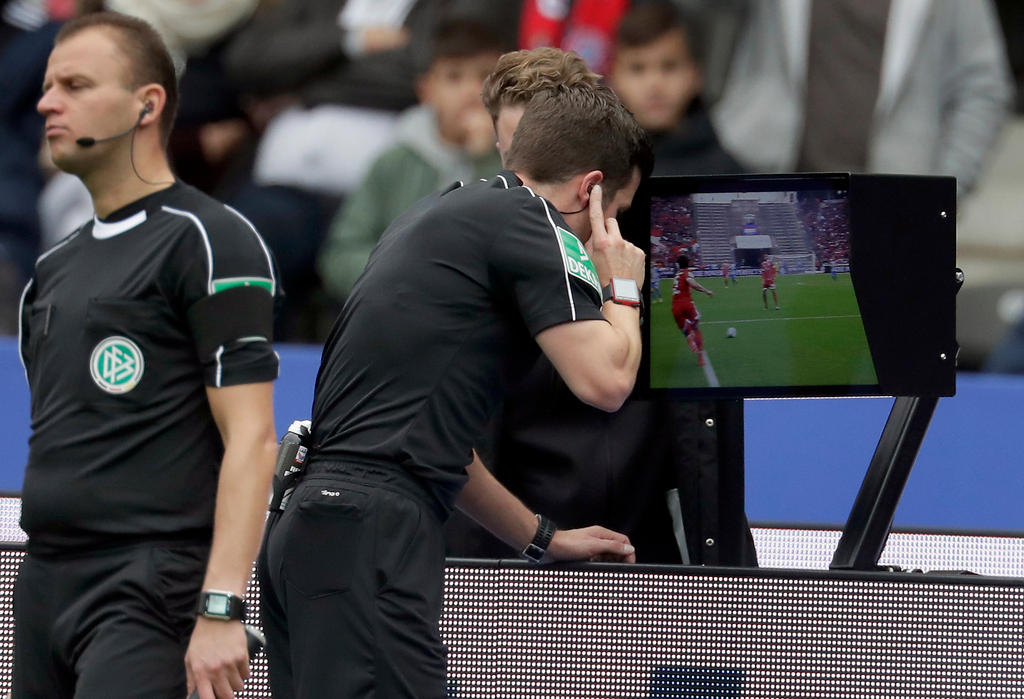
You can find an overview of ongoing debates with our journalists here . Please join us!
If you want to start a conversation about a topic raised in this article or want to report factual errors, email us at english@swissinfo.ch.